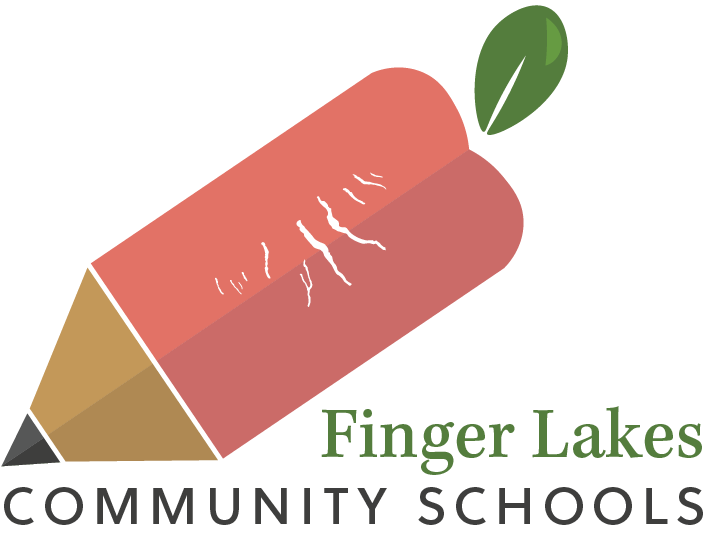Restorative
The highest level of accountability is found in community. Restorative Practices start with community building circles. These circles are a way to create connections and attachment. When all of our schools are using these practices, even when young people change school districts they will know how to sit in circle and belong. For Tier 2, Restorative Practices can resolve conflict or help groups work through developing issues before conflict spirals into disruptive behavior. At Tier 3, harm repair can be facilitated. All of these processes are rooted in belief that we belong to community and our obligation to one another is a compelling reason to comport ourselves in ways that honor the people we live and work with. Communities are responsible for setting high expectations. For schools, if the culture of the school has weak expectations then Restorative Practices will not work. Restorative Practices are a pathway to meeting expectations together as community. The supposition that the punishment of individuals is the only way to maintain high expectations ignores commonly held and well known power of a group of people with common goals who support one another. Teams, units, bands, choirs, casts… across humanity we build cooperative groups. Restorative Practices unleashes the power of community in schools to help all students belong and achieve.


